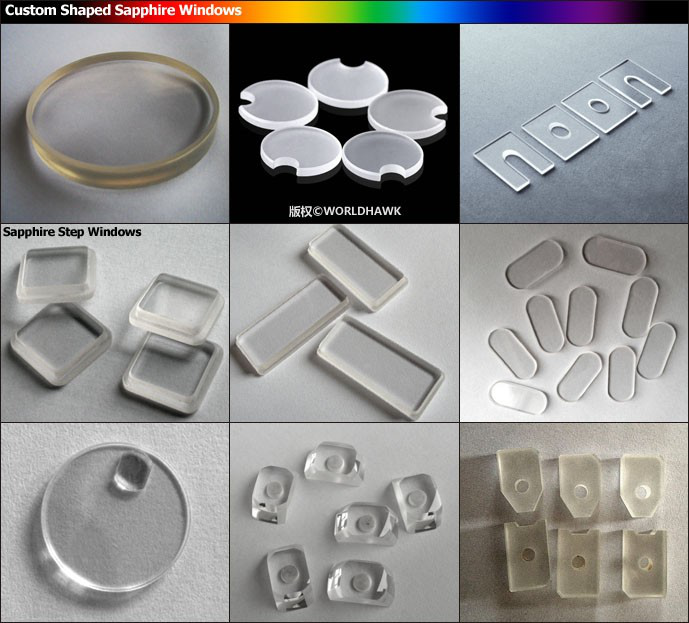How long can the fermentation bed last?
All users of the fermentation bed will consider the life of the fermentation bed and want to use the fermentation bed longer. The operating life of a fermentation bed depends on the following factors.
One is the degree of litter decomposition, which determines whether litter can continue to support functional bacteria to degrade fecal urine. Under well-maintained conditions, fermented mattress materials are rich in microbial substances, animals can eat more litter, and the fermentation process itself also consumes litter, which requires regular replenishment of new litter. This ensures that the mat's fermentation function will not age. In general, the more wood contained in the litter, the more resistant to aging.
The second is the degree of salt accumulation in litter. Excessive salt concentration will inhibit the viability of functional bacteria and cause the fermentation function to decay. This is the so-called salting phenomenon. In a well-run fermentation bed, litter is continuously consumed and supplemented, and salts are not enriched.
On the contrary, if the animal can not obviously eat the litter, there will be gradual problems of litter decomposition and aging and salt accumulation. After one or two years of operation, this kind of fermentation bed will lose its vitality, excrement will accumulate in the litter, and the water will increase, further deteriorating the fermentation environment and the fermentation bed will die.
The third is the degree of nitrogen accumulation. Excessive accumulation of nitrogen is also a direct cause of decline in fermentation function. The degree of nitrogen accumulation depends on the degradation efficiency of the strain and the rate of regeneration of the litter.
The fourth is the vitality of bacteria. This is related to the original vitality of the strain itself and the fermentation environment during the operation.
According to the above analysis, as long as the viability of the strains is reliable and the maintenance is in place, the litter is regularly replenished, and the fermentation bed can theoretically run for many years. Beijing Huaxia Kangyuan Science and Technology Co., Ltd. in recent years, the application of Tremella dry fermentation bed breeding technology practice shows that, as long as in accordance with the mature technology program and standard operation, the Golden Baby dry-type fermentation bed fully confident to use more than three consecutive years.
As long as the function of the fermentation bed to degrade fecal urine does not decrease significantly, there is no need to clear the litter.
If the fermentation function is basically lost, the excrement in the litter is too much, the color is black, and the smell is stinking. The use of the fermentation bed should be terminated as soon as possible. The bedding can be used as a fertilizer, or after adding some new bedding and tipping over, it will stop for half a month. Left and right, until too much excrement is degraded, then continue to raise pigs. Details can be consulted: Beijing Huaxia Kangyuan Technology Co., Ltd. Telephone toll-free hotline Website: Taobao Website: http://shop35396982.taobao.com/
Recommended reading:
Feeding Chickens in a Dry Spread Fermentation Bed to Effectively Prevent Chicken Coccidiosis
Http://?id=495&classid=153
Breeding Chickens in Fermentation Beds Improves Chicken Immunity
Http://?id=488&classid=153
Why choose the sapphire?
1-Thinner and Stronger than Standard Glass Windows
2-Transmits Wavelengths Ranging From UV to Mid-Infrared
3-Features Extreme Surface Hardness and Chemical Resistance
Custom Sapphire Parts are manufactured from single crystal sapphire, making them ideal for demanding applications (such as laser systems) because of their extreme surface hardness, high thermal conductivity, high dielectric constant and resistance to common chemical acids and alkalis. Sapphire is the second hardest crystal next to diamonds and, because of their structural strength, Sapphire Windows can be made much thinner than other common dielectric windows with improved transmittance. Chemically, sapphire is single crystal aluminum oxide (Al2O3), and is useful in a transmission range from 0.2 - 5.5µm.




Custom Sapphire Parts,Custom Sapphire Glass,Sapphire Gemstone Glass,Custom Sapphire Gemstone Glass
ChangChun Worldhawk Optics Co.,Ltd , https://www.worldhawk-optics.com